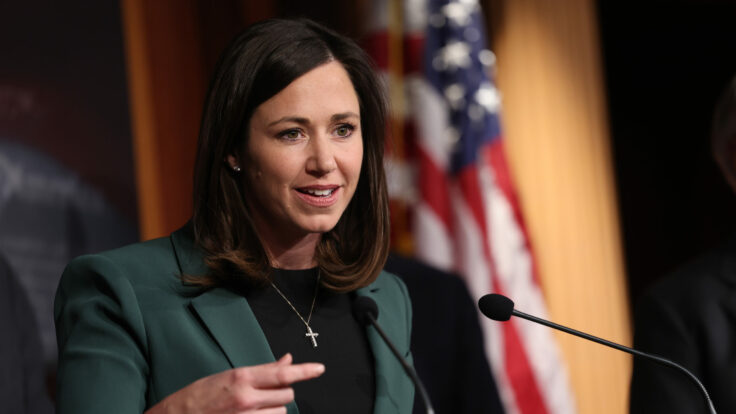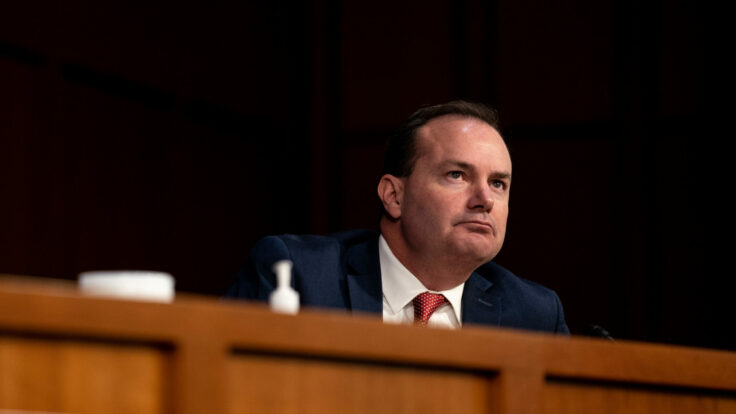The inside conversation in D.C. these days, as you might expect, is all about scrutinizing the midterm polling data, Nate Silver-izing the margins of error, and guessing where the chips will fall on Tuesday night. Inside the White House, Bidenworld is cautiously preparing for a red tide in the House, with Republicans potentially picking up more than 20 seats. The outcome of the Senate may be unknown on election night, and it could even drag on until December 6 if neither Senator Raphael Warnock nor Herschel Walker pass the 50 percent threshold, triggering a runoff in Georgia. Much has been made of how election cycles have turned into endless, multi-year events. Elections, themselves, are now multi-weeklong affairs.
Meanwhile, the spin machine inside the White House is in overdrive, as the messaging gurus prepare to position the reality, no matter the historical precedent, that Americans came out, at least in part, to repudiate their administration. I’m told that the Obama alumni in Biden’s inner circle, such as Anita Dunn, are still experiencing mild trauma-quakes from Obama’s admission that the 2010 midterms offered a “shellacking”—a phrase that echoed loudly on behalf of the recognition that his agenda, centered around the Affordable Care Act, had become part of the Tea Party’s immaculate conception. (Obama, of course, wasn’t the only president to fall into the trap of stating the obvious—George W. Bush remarked in 2006 that the G.O.P. endured a “thumping” in his second midterm.)

















